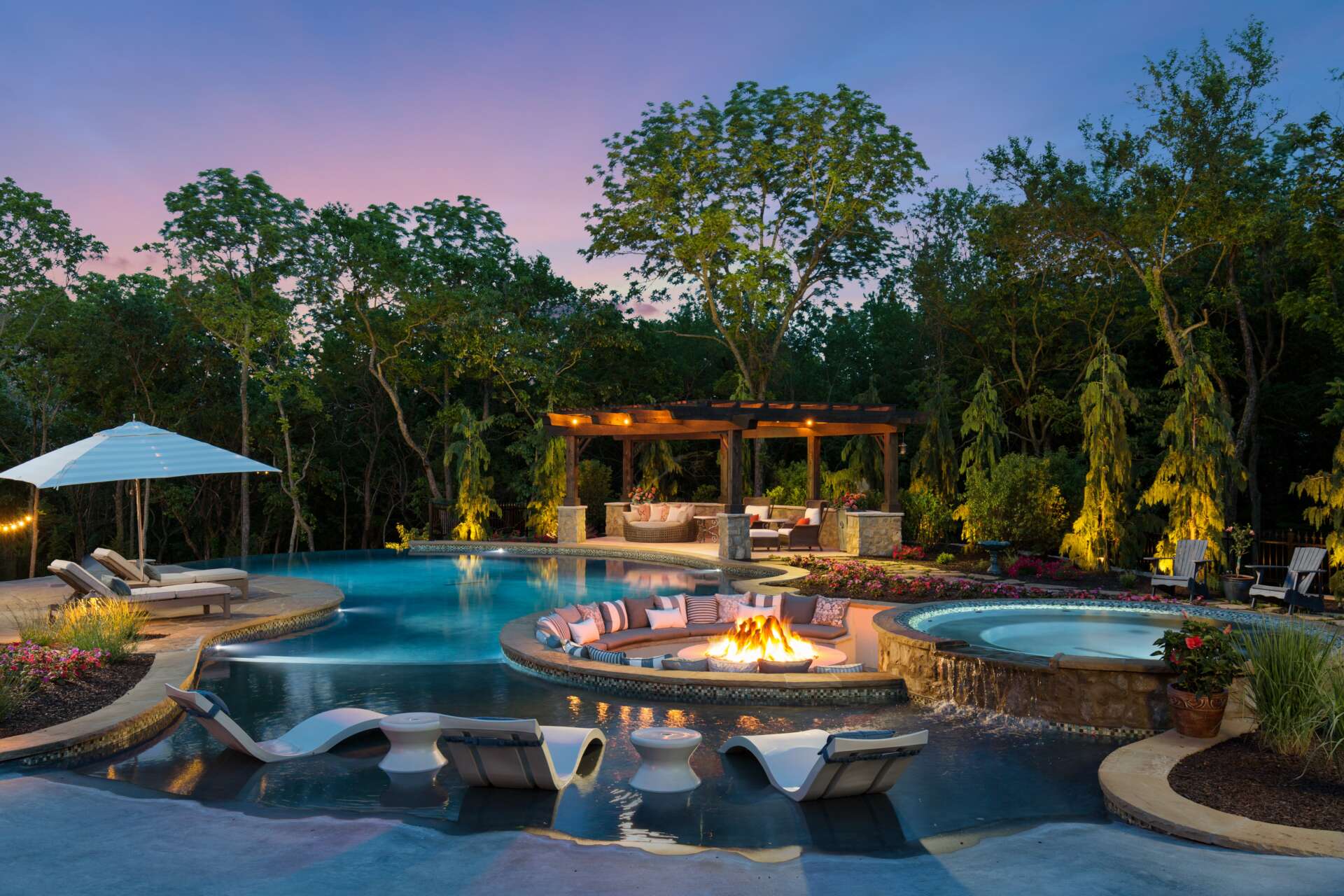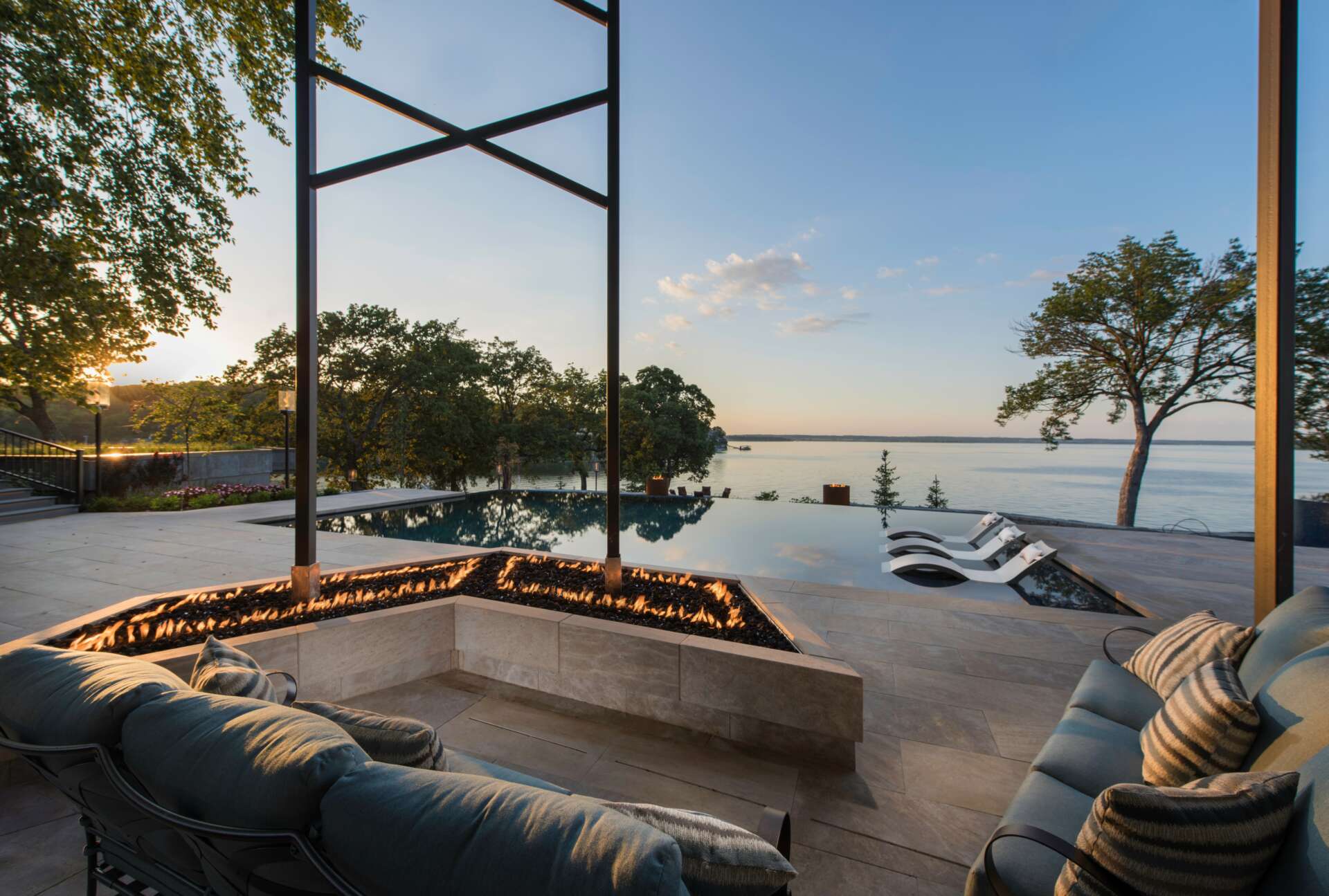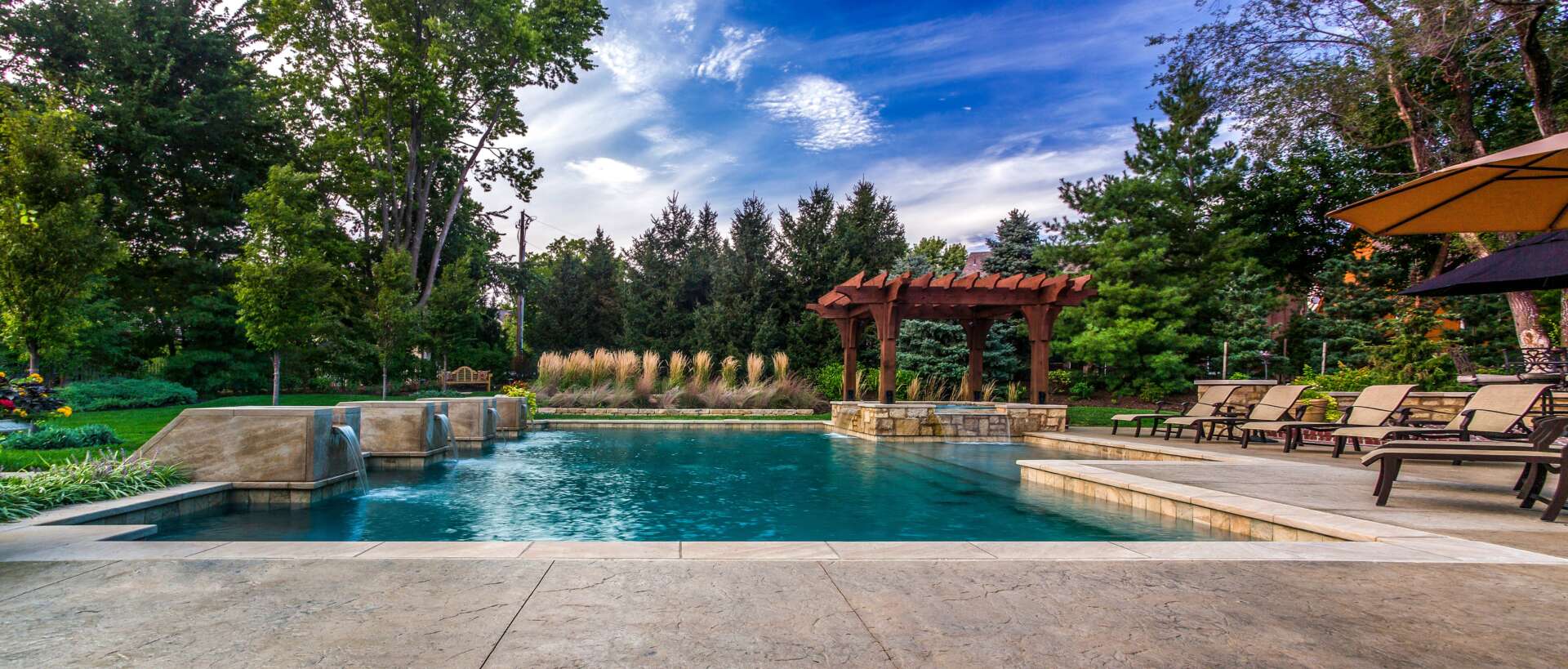We’re excited to introduce you to the always interesting and insightful Kurt Kraisinger. We hope you’ll enjoy our conversation with Kurt below.
Alright, Kurt thanks for taking the time to share your stories and insights with us today. The first dollar your business earns is always special and we’d love to hear how your brand made its first dollar of revenue.
I have been in the industry for over 25 years, so I do not even remember my first client—however, our first pool project stands out in my mind. I had just taken a huge risk launching my business during the recession, so client satisfaction was impressed upon my mind. We always aim to please our clients but the anxiety paying our bills and the uncertainty of the times made their satisfaction even more important. We were hired by a couple to provide a landscape master plan—a landscape master plan is a straight-forward request. We address specific plant material and placement, as well as other necessities like hardscapes, pergola features, lighting, etc.
Often professionals put blinders on regarding their scope—they stick to their aspect of the project and don’t look outside of it. We were fortunate that we stayed open to items outside our scope and continued to dialogue with the client about multiple aspects of the project. We inquired about their long-term plans for the property, the style of pool that was scheduled to be installed and details on its construction. We were pained to discover that the plan included a kidney bean shaped pool with roman columns. There are some projects where a design like that may make sense, but this was not one of them! The house was French Country (not Roman) and pool design like this seemed like such an afterthought. So, I presented a new design.
When I presented the proposed design, the husband seemed visibly relieved, or so I thought. He silently left the room, and I was briefly concerned that I had made a mistake, or he did not like the design. He quickly returned with an oversized coffee table book that he gently laid on the table and opened the page to an aerial photograph view of the very well-known Gardens of Versailles in France designed by famous French landscape architect Andre’ Le Notre for King Louis XIV. He referenced the image and explained that I had designed exactly what he wanted: a well thought out design that complemented the existing French Country architecture and that he could not be more thrilled. Whew!
We were hired to take over the pool design and it was the first step on a long journey of beautiful pool design that integrates with the unique landscape and ties seamlessly with the home’s architecture.



Awesome – so before we get into the rest of our questions, can you briefly introduce yourself to our readers.
As a landscape architect, I’m a combination between an artisan, horticulturist, and civil engineer. In essence, landscape architects are creative problem solvers. I like to say there are two clients in every project–the one that hires us for the design and the land itself informing us of environmental systems that should be considered during the design process. The best designs always take the site into consideration. Traditional landscape architects primarily work with municipalities, trails, parks and civic centers and while we’re equipped to provide those services, we primarily work directly with homeowners, architects & developers. There is a void in the residential market and yet, I wonder how that is the case. We provide commercial landscape architecture services which includes hospitality, commercial retail, multifamily, senior living, office parks, health & wellness and glamping resorts but we found our niche in custom high-end custom pools and spas.
We provide a long list of services but an unspoken element of design we provide involves an overriding concept. Lack of an overriding concept is how a lot of designs go wrong because there is no sense of direction and it’s easy to get off track. In contrast, an overriding concept directs us when we come up against a problem (which is inevitable). With an overriding concept, a project now has an identity. For Frank Lloyd Wright, his overriding concept centered around the hearth room—every aspect of his homes centered around this important space that he felt was the core of the family unit. Sometimes a specific palette of materials sets the tone. Other times, like Frank Lloyd Wright, the unifying element could be a specific location on the project like a centrally located sunken fire feature or something similar. Ultimately, considering an overriding concept results in a cohesive project.
Where do you think you get most of your clients from?
We welcome new clients but ultimately, the best source of work is our past clients. We stay busy with repeat business, and another significant portion is word of mouth referrals. While we’ve had occasional success with print or online advertising, we typically hear that individuals found us through a friend. Our Instagram feed keeps us on people’s minds and we’ve been told by clients that they followed us for years on Instagram prior to reaching out. We believe showcasing our portfolio online builds their confidence in our expertise and shows the depth and breadth of our capabilities. We focus on doing a great job today because we know it will pay dividends later.



Are there any books, videos, essays or other resources that have significantly impacted your management and entrepreneurial thinking and philosophy?
The book that underscores my business perspective is Blue Ocean Strategy. It is essentially a book about scarcity and abundance thinking. A lot of trades throw themselves into new trends trying to keep up with competitors—the author refers to this the “Red Ocean.” The red ocean is filled with sharks, doing the same thing and focusing on competition. Blue Ocean Strategy throws that frenetic approach to business out the window. Instead of keeping up with the competition, it proposes creating a business so unique that people are willing to pay a price for it. The author uses the example of the circus. The traditional circus wasn’t in high demand and a person could acquire a cheap ticket the same day. Contrast this with Cirque de Soleil—it’s an offering so unique that there’s a demand for it, tickets are pricey and must be acquired months in advance. This concept is how I’ve modeled my business and we’re thriving because of this perspective. Two other resources that inspired me also followed this model (whether they realize it or not). I really appreciate YouTube videographer Casey Niestat and author Simon Sinek. Niestat revolutionized the YouTube community through his home videos. He was one of the first influencers evaluating products and having an authentic online presence. His story is one of creating something out of nothing and carving a path by following his instincts. His story is somewhat like my story so this adds another level to my appreciation. I, too, was on my own—I paid my way through college working full-time and I even sold my 1969 Pontiac Firebird muscle car to pay for tuition! Simon Sinek’s concept of “finding your why” in business was also influential to me. He’s written several books but there are several YouTube videos that explain his concept. Like Niestat, Sinek’s approach to business is brilliant and embodies Blue Ocean Strategy.
Contact Info:
- Website: loraxdesigngroup.com
- Instagram: @loraxdesigngroup
- Linkedin: https://www.linkedin.com/in/kurtkraisinger/
Image Credits
Matthew Anderson Photography, Travis Bechtel Photography, Jimi Smith Photography, Kurt Kraisinger


